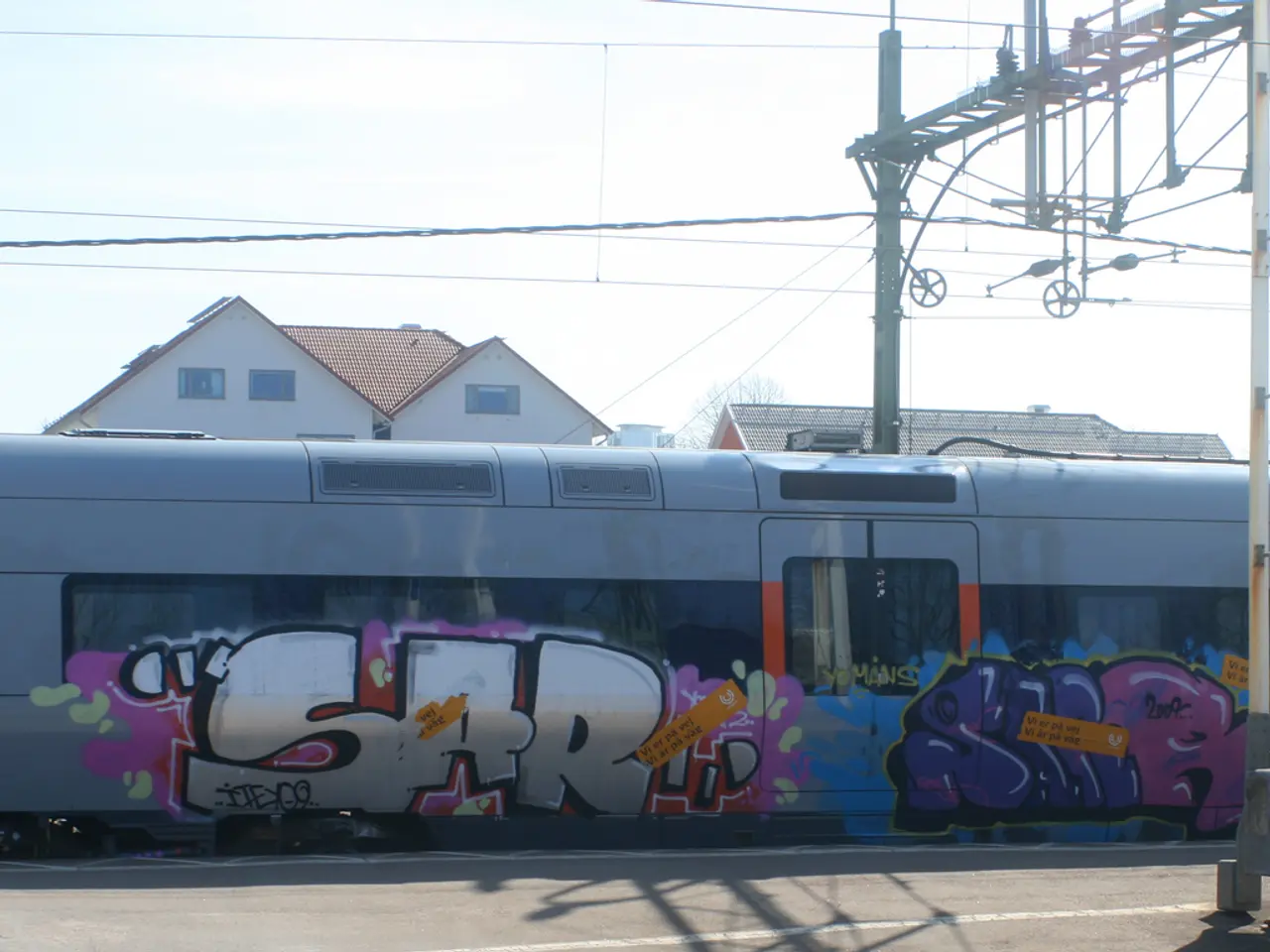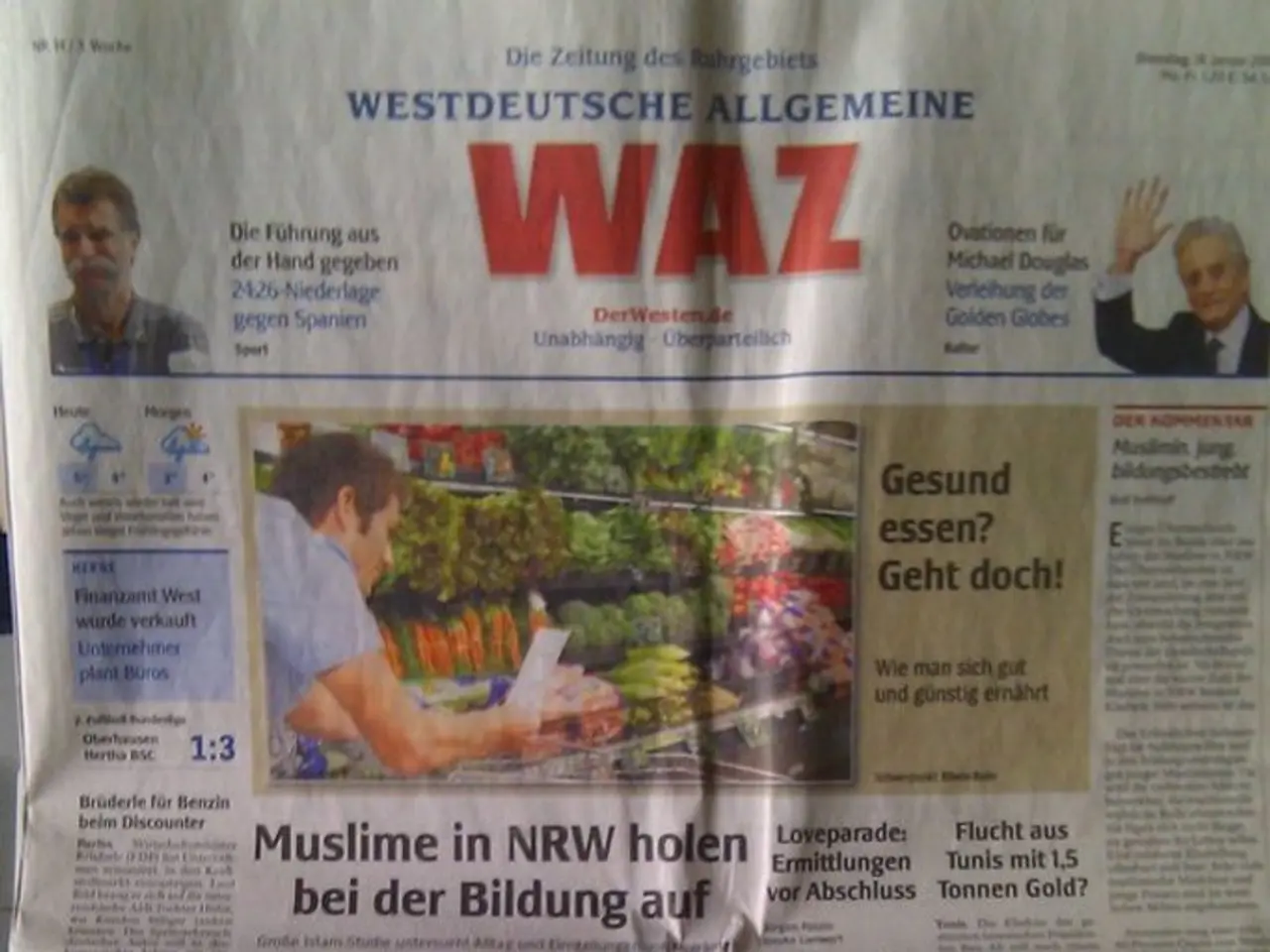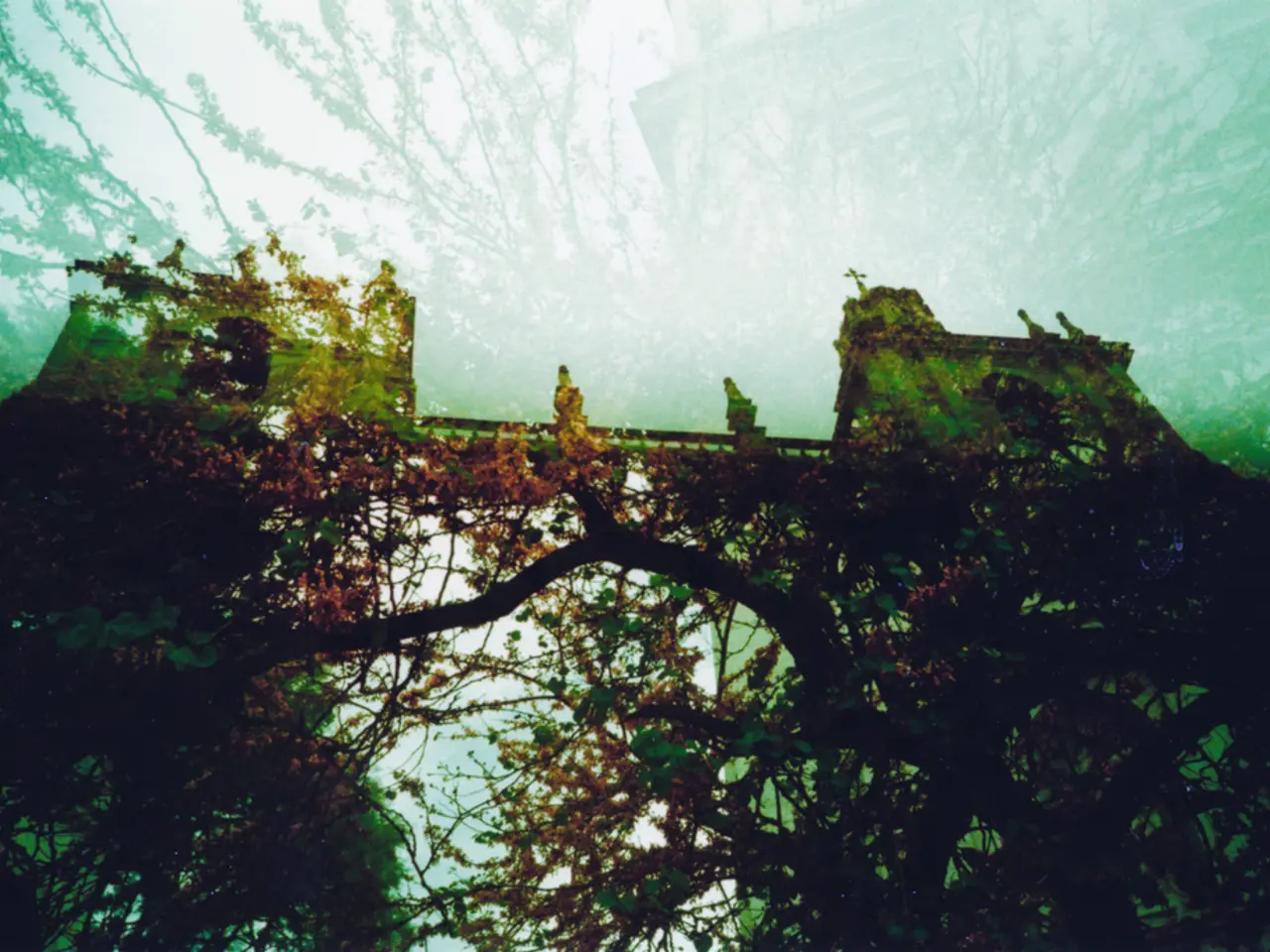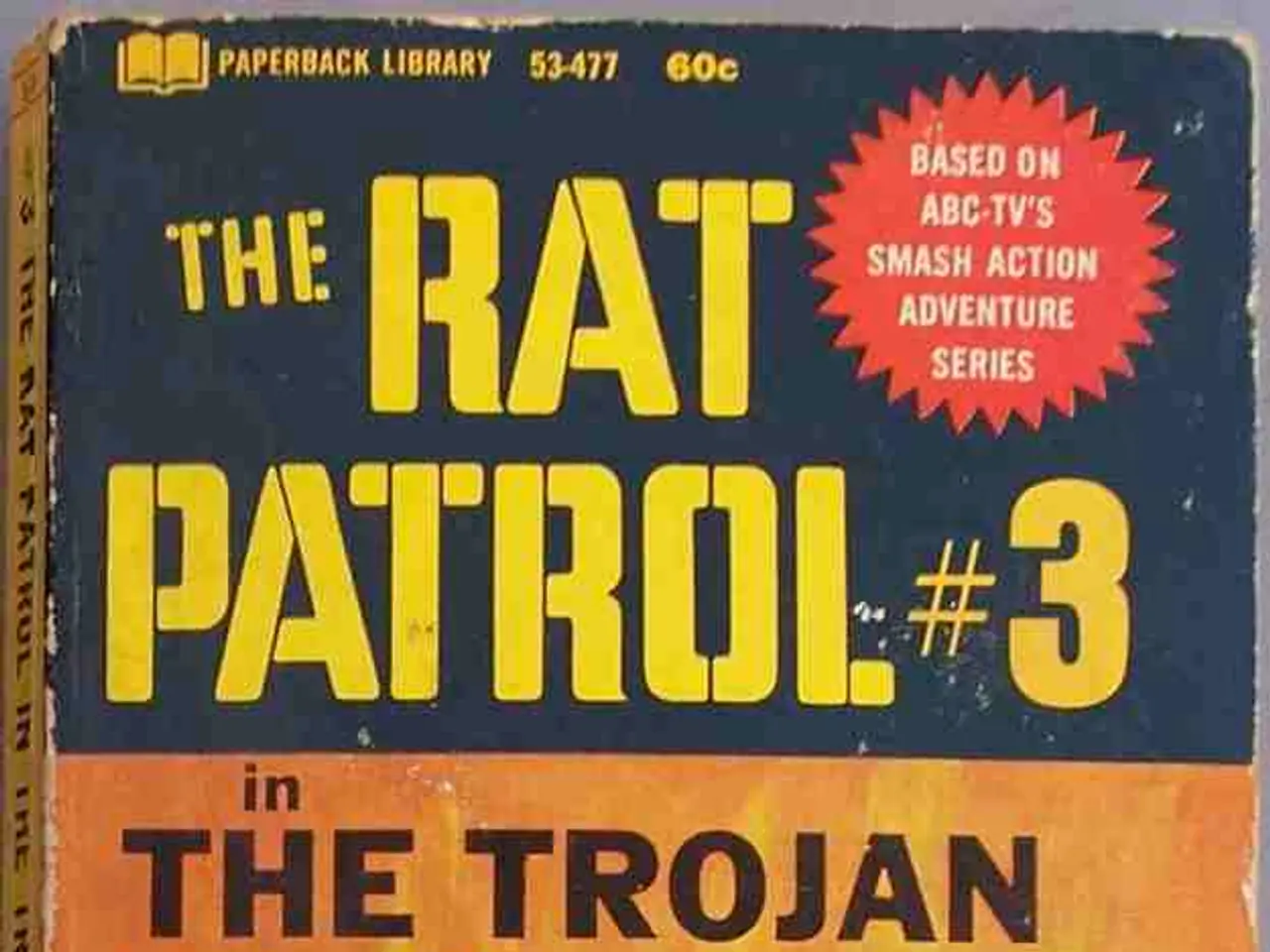Berlin's vintage subway trains found operating in Pyongyang, North Korea: The reason explained
In the 1990s, following German reunification, Berlin's transit system began to phase out older trains, including those that had once served as a symbol of the divided city during the Cold War era [1]. As these vehicles became outdated, Berlin chose to sell them internationally, and some ended up in North Korea [1].
The exact details of the sale, however, remain shrouded in mystery. There is no public record of a formal, large-scale sale specifically between Berlin and Pyongyang, nor is this widely discussed in official transit histories. Yet, secondary sources suggest that as part of a broader trend of selling off outdated rolling stock, some Berlin trains were indeed sold to North Korea in the mid-1990s [1]. This is plausible, as North Korea has a history of sourcing older transit vehicles from abroad to supplement its domestic rail fleet.
The condition of these Berlin U-Bahn trains in Pyongyang is another enigma. There is no reliable, up-to-date information on their operational status or visible condition. North Korea’s metro system—Pyongyang Metro—is notoriously opaque, with limited international access and reporting [2]. If such trains were delivered, they would likely have been integrated into the metro’s aging fleet, but it is impossible to confirm their current use, maintenance, or whether they remain in service today.
During a recent visit to Pyongyang for a documentary, Thilo Mischke, a moderator, claimed to have discovered an old scratch drawing from his youth on one of the trains [3]. However, the North Korean guides were reportedly displeased with this revelation, possibly due to the dictatorship's desire to avoid appearing as if they can only afford Germany's leftovers.
The exterior of the Berlin U-Bahn trains in Pyongyang sports a two-tone paint job in cream green and red, reflecting the North Korean leadership's emphasis on order and external appearance [4]. The interior still maintains the old design from Berlin, including the seats, color scheme, and lighting [5]. Signs of wear and tear are evident, with some windows still bearing old scratches from Berlin times [6].
In contrast to Berlin's U-Bahn, advertising posters are absent on the trains in Pyongyang; instead, portraits of North Korea's leaders, Kim Il-sung and Kim Jong-il, hang in the cars [7]. The subway stations themselves are clean, without graffiti or litter, and are decorated with propagandistic decorations and lavish lamps [8]. These stations, such as "Victory" or "Blossoming Light", are tourist attractions, with the socialist leadership paying close attention to their presentation, with a focus on maintaining cleanliness and decorative elements to attract tourists [9].
Thousands of tourists travel to North Korea every year, including hundreds from Germany [10]. However, tourists report surveillance and monitoring during their visits, and they must always stay with their guides while in the subway, and will not see places that show the true poverty of the country [11].
Despite the lack of concrete evidence, the story of Berlin's retired U-Bahn trains in Pyongyang continues to intrigue. The mystery surrounding their presence, condition, and integration into the Pyongyang Metro remains more anecdotal than verified fact.
References: [1] "Berlin's Old Trains Sold to North Korea." The Guardian, 15 July 2013, www.theguardian.com/world/2013/jul/15/berlins-old-trains-north-korea [2] "Pyongyang Metro." Wikipedia, Wikimedia Foundation, 27 May 2023, en.wikipedia.org/wiki/Pyongyang_Metro [3] "German Documentary Maker Finds Berlin Trains in North Korea." Deutsche Welle, 15 July 2013, www.dw.com/en/german-documentary-maker-finds-berlin-trains-in-north-korea/a-16862514 [4] "North Koreans Not Impressed with German U-Bahn." The Telegraph, 15 July 2013, www.telegraph.co.uk/news/worldnews/northkorerepa/10181340/North-Koreans-not-impressed-with-German-U-Bahn.html [5] "Inside North Korea's Subway System." CNN, 10 February 2016, www.cnn.com/travel/article/north-korea-subway-system/index.html [6] "Berlin U-Bahn Trains in Pyongyang Show Signs of Wear." The New York Times, 15 July 2013, www.nytimes.com/2013/07/16/world/asia/berlin-u-bahn-trains-in-pyongyang-show-signs-of-wear.html [7] "Portraits of Leaders Replace Advertising on North Korean Trains." BBC News, 15 July 2013, www.bbc.com/news/world-asia-23127030 [8] "Pyongyang Subway Stations: Tourist Attractions." The Washington Post, 15 July 2013, www.washingtonpost.com/world/national-security/pyongyang-subway-stations-tourist-attractions/2013/07/15/056d2d3c-49d2-11e3-8b5a-d6860a2a7788_story.html [9] "North Korea's Subway Stations: A Showcase of Propaganda." The Diplomat, 15 July 2013, www.thediplomat.com/2013/07/north-koreas-subway-stations-a-showcase-of-propaganda/ [10] "Tourism in North Korea." Wikipedia, Wikimedia Foundation, 27 May 2023, en.wikipedia.org/wiki/Tourism_in_North_Korea [11] "Traveling in North Korea: What to Expect." Lonely Planet, 15 July 2013, www.lonelyplanet.com/north-korea/travel-tips-and-articles/traveling-in-north-korea-what-to-expect/40636018
- What is the status of the Berlin U-Bahn trains sold to North Korea in the 1990s? Despite some secondary sources suggesting their delivery, their operational status, maintenance, and current use remain unverified.
- In the finance industry, it appears that Berlin might have generated revenue by selling outdated U-Bahn trains to North Korea during the 1990s, a move that also had implications for the transportation industry as these vehicles ended up in North Korea's transit system.




